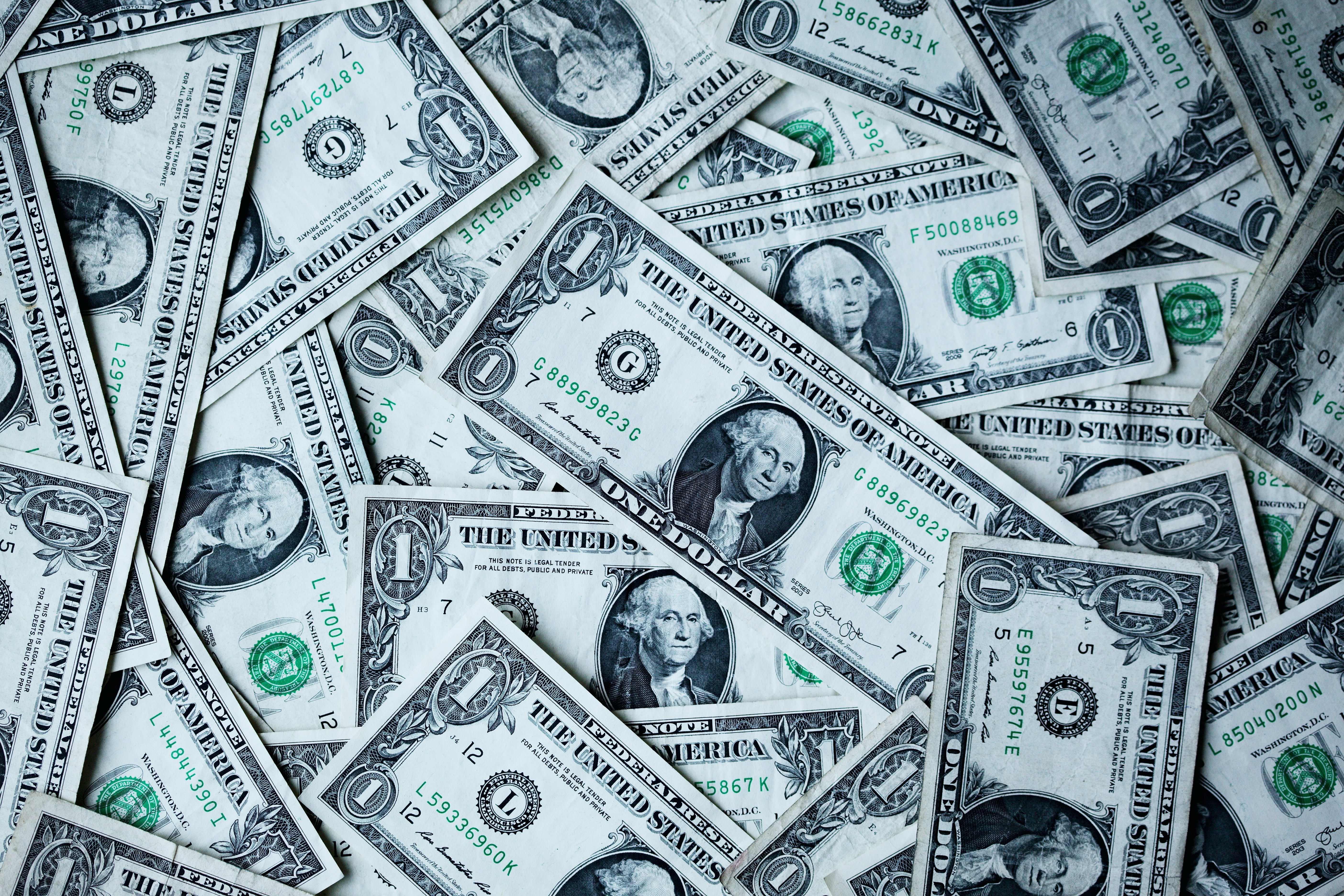The average American will spend $3 million over their lifetime. Let that sink in—three million dollars. But here’s the shocking part: by the end of your life, the majority of that money will have vanished. Poof! Gone. You’ve eaten it, driven it, worn it, or lived in it. And what’s left? Almost nothing.
So where does all that money go? Let’s break it down.
Where Does the $3 Million Go?
Housing Costs
Housing eats up the lion’s share of your spending—often $1 million or more. Mortgage payments, rent, property taxes, maintenance, and insurance are unavoidable. While owning a home can build equity, not all housing expenses add to your wealth. Interest payments, maintenance costs, and taxes? Those dollars are gone forever.
Transportation
Cars are one of the fastest depreciating purchases you’ll ever make. The moment you drive off the lot, the value drops. Add in fuel, insurance, repairs, and the cost of replacing cars every decade or so, and you’ve sunk hundreds of thousands into a money pit.
Food, Clothing, and Everyday Consumables
We spend decades feeding ourselves, dressing ourselves, and keeping our homes stocked with essentials. These purchases improve our quality of life in the moment, but at the end of the day, there’s no financial value left in last year’s groceries or yesterday’s fashion trends.
Electronics, Appliances, and Furniture
That shiny new gadget or designer couch feels like an investment in your lifestyle—but these items depreciate faster than you can say “upgrade.” In a few years, they’re outdated, worn out, or simply tossed aside.
Vacations and Experiences
Memories are priceless, right? But they’re also intangible. Once the plane lands or the concert ends, all that’s left are the stories you tell. While experiences enrich our lives, they don’t contribute to lasting financial security.
Miscellaneous Goods
Décor, tools, hobby gear, and collectibles may fill your shelves, but they rarely hold their value. Most of it ends up in garage sales or donation bins.
The Hard Truth: Most of That $3 Million Is “Gone”
If you could pile up everything you’ve spent money on over a lifetime, most of it would have little to no resale value. It’s not a bad thing—after all, you’ve lived well—but wouldn’t it be nice if more of that money worked for you?
Here’s the good news: with a few smart choices, you can make sure some of that $3 million sticks around—and even grows over time.
How to Hold On to Your Wealth
Not all purchases disappear. Some categories can hold or even grow in value if you make the right choices.
1. Real Estate
Owning a home can be one of the best ways to build long-term wealth. A house purchased decades ago often appreciates in value, leaving you with equity that grows over time. However, it’s important to remember that not every housing expense builds wealth. Taxes, maintenance, and interest payments take a significant bite out of your investment.
2. Rare Collectibles and Antiques
If you know what you’re doing, collectibles can be a goldmine. Vintage watches, rare artwork, or high-demand memorabilia can grow in value over time. But here’s the catch: it requires expertise, patience, and sometimes a bit of luck. For the average person, this isn’t a guaranteed way to build wealth, but it can be a fun and rewarding niche.
3. Precious Metals and Certain Gemstones
Gold and platinum have long been considered stores of value, while some rare gemstones, like natural fancy-colored diamonds, can appreciate over time. However, not all gems are created equal. Many diamonds sold at retail lose value quickly, but there’s one exception: fully bonded diamonds.
4. Fully Bonded Diamonds: A Hidden Gem
Unlike most jewelry, fully bonded diamonds come with guarantees that make them an exception to the rule. These diamonds are backed by lifetime buyback and trade-in policies, ensuring they retain or grow in value over time.
For example, let’s say you invest $50,000 in fully bonded diamonds. If they appreciate at 6% annually, that investment could grow to $287,000 in 30 years. At an 8% growth rate, the value soars even higher. When compared to most other lifetime purchases, the difference is clear: fully bonded diamonds don’t just sparkle—they make financial sense.
Build a Legacy, Not Just Memories
By the end of your life, much of your $3 million will be gone, leaving behind memories, experiences, and a pile of depreciated stuff. But it doesn’t have to be that way.
With a few strategic choices—investing in real estate, exploring collectibles, or considering fully bonded diamonds—you can ensure a portion of your money lasts as long as you do.
So, ask yourself: When it’s all said and done, do you want to look back at a life well spent—or a legacy well built?
The choice is yours. Make it count.
